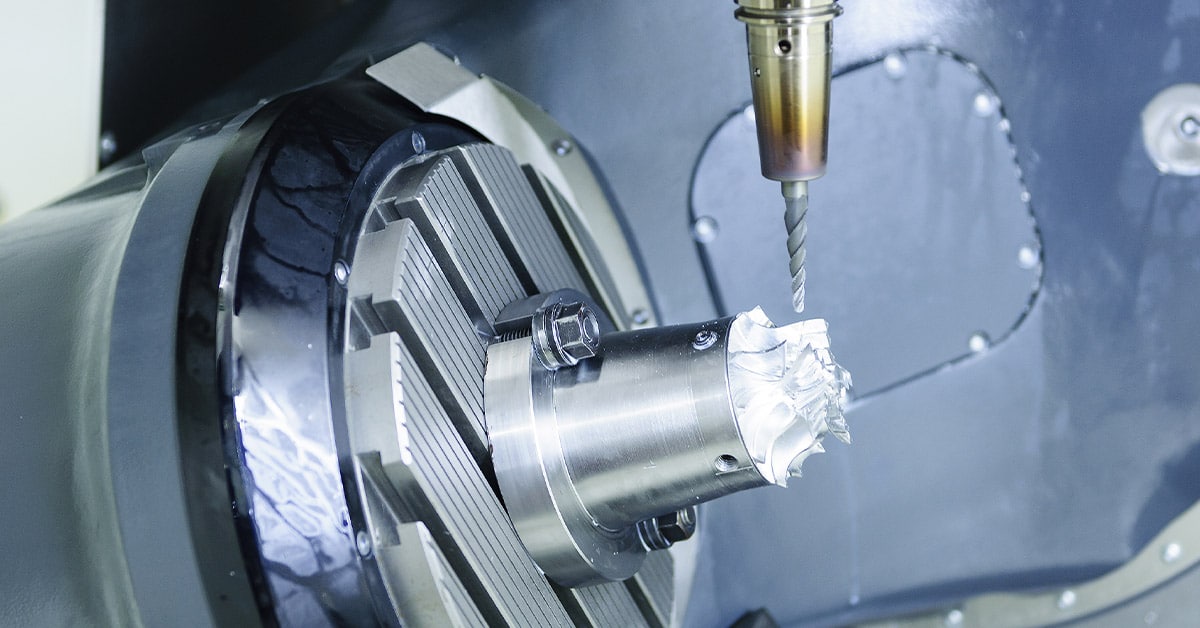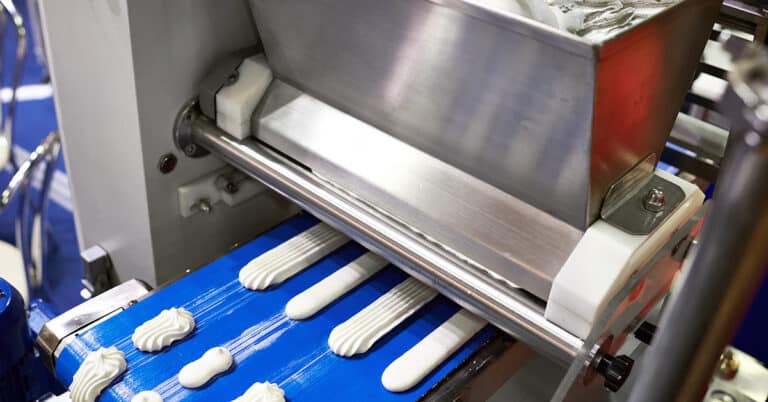Air travel has bounced back from the deep pandemic dip and is forecast to double by 2040. While good news for airlines, this is putting the aerospace parts manufacturing industry under intense sustained pressure. A dependable supply of vital spare parts is essential to keep aircrafts in the air.
The challenge, besides meeting demanding quality expectations, will be to find the additional production capacity needed. Some will come from investment in new, likely very sophisticated, machinery. Some will come from extending the life of assets already in place, and the rest by increasing the availability of existing equipment.
Clearly, maintenance has a big role to play if the aircraft part manufacturing industry is to satisfy the demand from aircraft operators and air travelers. The problem is though, downtime, planned or unplanned, cuts into availability, so more preventive maintenance won’t necessarily help.
The answer is to get smarter about the preventive maintenance performed. This means using technologies like vibration monitoring and temperature sensing, plus advanced analytics software tools to anticipate maintenance needs and schedule work for periods that have the least impact on production.
This blog reviews the maintenance challenges in aircraft part manufacturing. It discusses what’s needed and suggests technologies and approaches that can help. If maintaining aerospace production machinery and increasing capacity are concerns for you, this should help.
Maintaining aerospace parts manufacturing equipment
With the critical role part quality plays in aerospace safety, machine maintenance has always been a high priority in plane part manufacturing. The industry is highly regulated, with manufacturers working to the demanding AS 9100 quality management standard, and parts are complex and tolerances tight. In addition, some of the materials are abrasive, potentially hazardous and difficult to work with.
All these factors make it a challenge to deliver effective maintenance, and the drive for increased capacity will only add to the pressure. Essential actions for manufacturers and maintenance teams to take include:
- Regular inspections: Equipment must be monitored for signs of wear or other forms of deterioration. Leaks, abnormal noises, increased vibration or heat build-up are all signs of impending problems. While remote monitoring is possible, additional visual checks provide a complete overview of machine condition.
- Measure effectiveness of maintenance: It’s always a challenge to avoid doing the wrong type of maintenance, incurring costs without benefits. This is where measurement comes in. The availability component of the Overall Equipment Effectiveness (OEE) metric, along with Mean Time Before Failure (MTBF), show the impact maintenance is having on productive assets. Additionally, Mean Time to Repair (MTTR) is a valuable measure of service response.
- Industrial asset management: Rather than focusing maintenance on individual pieces of equipment, a holistic approach to industrial MRO and reliability helps raise the level of industrial asset management. The result is operations-wide improvement rather than small local gains. Asset management software supports this effort.
- Production process monitoring: Instrumentation and sensors (such as vibration monitors) can provide real-time data on processes and equipment. Analyzing this data, manually or with the help of powerful analytics software tools, will yield insights that can guide better targeted maintenance actions.
- Reporting: Information on downtime and maintenance activities should form part of the standard manufacturing production report. This provides a snapshot of how capacity is being utilized at any given moment and gives management a tool for guiding efficiency improvement initiatives and actions.
Methods for improving aircraft part manufacturing
Meeting rising demand starts with maximizing utilization of existing assets before investing in additional capacity. However, new materials, larger parts, and increasing part complexity sometimes require bigger and more advanced technology.
To give some examples, composite materials need advanced bonding and curing processes. Complex three-dimensional contours on machined metal surfaces can only be produced by the latest 5-axis machining centers. And larger structures require bigger, sometimes gantry-style, machines.
A close look at aerospace manufacturing and maintenance technology will almost certainly reveal opportunities. For example:
- Computerized maintenance management system: A CMMS should handle all aspects of maintenance, from planning and scheduling work to record-keeping, parts procurement and MRO control. This lets management devise and implement appropriate maintenance strategies while maximizing resource utilization, controlling inventories and reducing costs.
- Predictive maintenance: An advance on preventive maintenance, predictive maintenance involves determining when work will be needed, planning the work and scheduling it for a time with less impact on production. Predictive maintenance services require data and algorithms that estimate the likely condition of critical elements of a machine and make recommendations to maintenance planners.
- Sensor technology: Data to support predictive maintenance is usually gathered from sensors installed as part of an equipment monitoring system. These sensors capture physical properties like temperature, motor current and vibration, and transmit it to a storage location, sometimes cloud-based and sometimes on-site where it’s analyzed for information about machine condition. Where the volume of data is large or changes happen slowly, an edge computing device might be used on the machine for filtering and pre-processing.
- Automation software: The modern aircraft parts manufacturer uses an extensive range of sophisticated machinery and equipment. While the CMMS can organize maintenance work and spare parts management it lacks the functionality necessary for cradle-to-grave asset tracking. This need is met by enterprise asset management software that keeps a record of each piece of equipment and supports management in questions of valuation, life, and eventual disposition.
- Additive manufacturing: Availability of replacement parts can sometimes be a problem, especially as equipment ages and manufacturers go out of business. Metal additive manufacturing, particularly laser powder bed fusion, can give a maintenance department the ability to create new spare parts in just a few hours. (This assumes they also have the ability to scan and digitize the old piece being replaced). Other benefits of additive manufacturing include its potential to shrink parts inventories and to create fixtures for tasks like welding fit up.
- Machine learning: Predictive maintenance uses algorithms that take and combine data from multiple sources to make predictions about wear rates and failure rates. These have been developed to implement rules established by maintenance specialists, but this becomes a much more complex task as the volume of data increases. The alternative is to adopt machine learning tools (a subset of artificial intelligence — AI), that can handle much larger data sets and find correlations, patterns and trends that would otherwise remain hidden.
- Technician training programs: Technician skills must keep pace with advances in aerospace part manufacturing equipment if they are to be able to troubleshoot quickly and effectively. Industrial maintenance training ensures they are able to program and debug the latest controllers, motors and drives, and associated systems, while maintaining the high levels of safety required.
Let technology serve maintenance
The parts used in aircraft tend to be complex and are made to tight tolerances in a wide range of materials. Manufacturing equipment must be kept in top condition to achieve the expected levels of quality, and this places a high level of attention on the work of the maintenance team.
Many supporting technologies are available to help achieve the goal of consistently high OEE. ATS has the background and experience to advise on their implementation in aircraft parts manufacturing. Ask us how outsourced maintenance services raise OEE and deliver more capacity.






